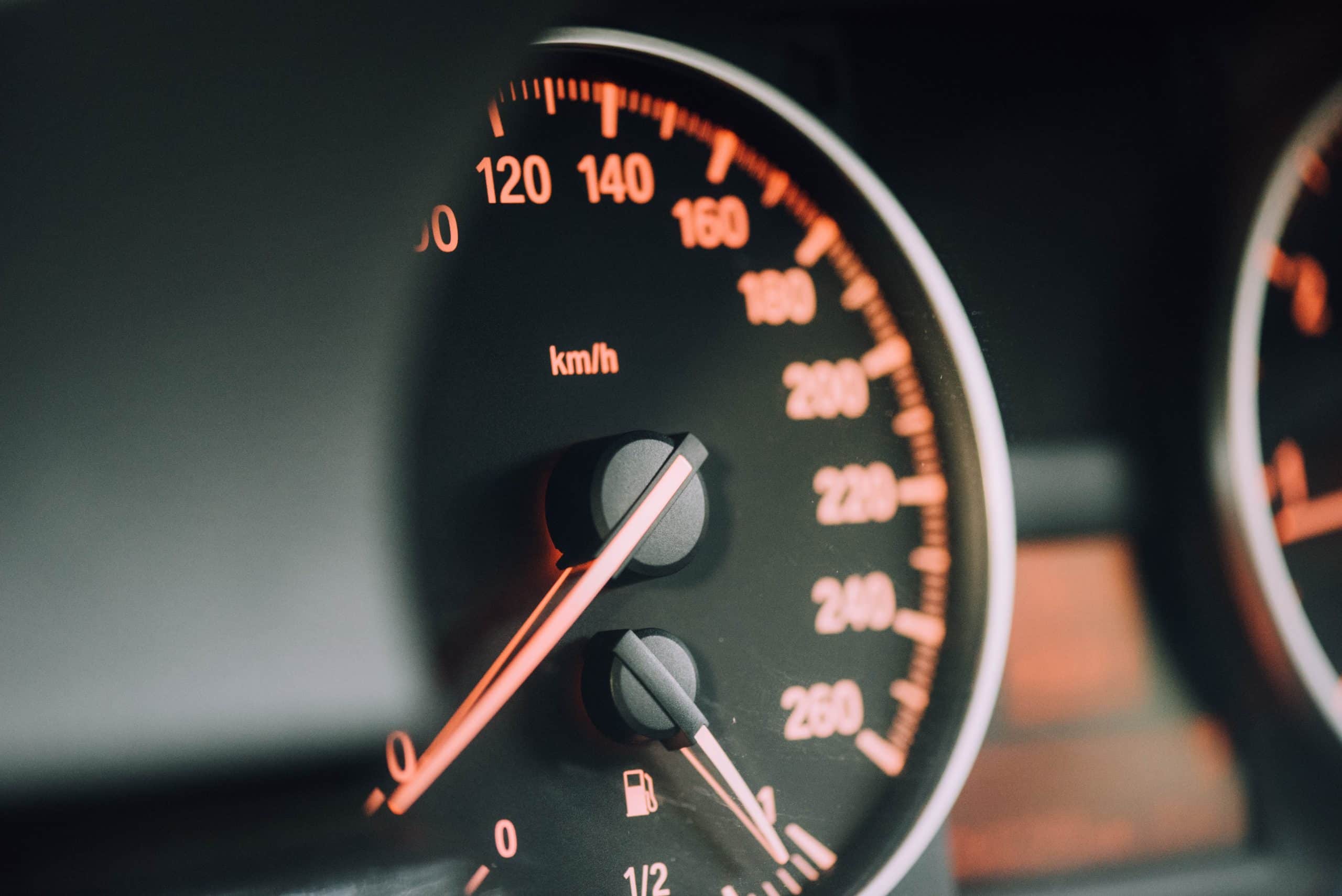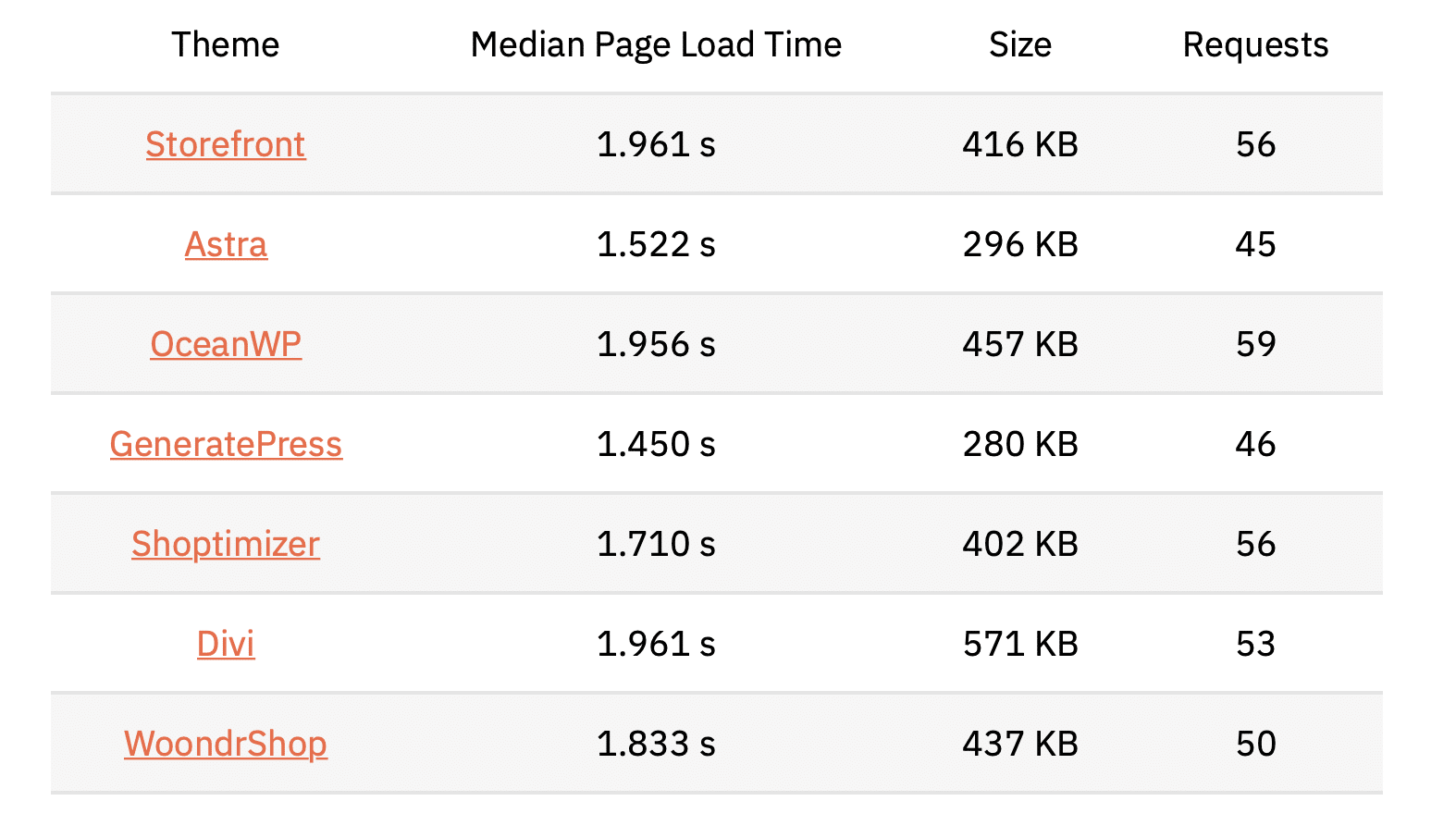WooCommerce Site Speed and Performance: A Beginner’s Guide

Table of Contents
- Why is WooCommerce site speed important?
- What factors affect WooCommerce store performance?
- Improve WooCommerce site speed with a quality web host
- Choose a theme optimized for performance and speed
- WordPress plugin and WooCommerce extension quality
- WordPress memory limit
- Optimize your images to optimize your WooCommerce site speed
- Cache WooCommerce requests
- Keeping everything updated
- How do you find WooCommerce site speed issues?
- Optimize for WooCommerce site speed, optimize for customers
WooCommerce site speed can make or break your ecommerce store. A fast site means more sales while a slow one leads to abandoned carts and lost revenue. More importantly, faster load times mean a better shopping experience for customers and a higher likelihood they’ll go ahead and make a purchase. It builds trust and makes you appear to be more professional and serious as a merchant.
You’ve probably experienced this frustration yourself when shopping online! It’s frustrating when a website doesn’t respond as quickly as you’d expect.
With that said, website speed is an important part of any WooCommerce store optimization and is something you should check up on frequently. Here’s what you need to know for improving your WooCommerce site’s performance.
TL;DR: Faster websites convert better. Optimize your hosting, images, caching, and plugins and don’t overlook your checkout. That’s where CheckoutWC shines.
Why is WooCommerce site speed important?
Website speed plays a critical role in customer experience on your website. Recent data suggests that a two second delay in load speed can lead to abandonment rates of up to 87%. If your performance issues reached that point for your ecommerce site, it might absolutely destroy your bottom line, especially if you’re investing into driving traffic to your site through ads or partnerships.
Website speed is also important for SEO (Search Engine Optimization). Google has confirmed that site speed is a ranking factor. A big part of Google’s mission is to ensure that the results they deliver provide a good experience to their users. WooCommerce site speed can hurt your SEO in multiple ways, directly through ranking, and indirectly through higher bounce rates. While we may have expected or tolerated slower load times a decade ago, these days we know better and “don’t have time” for it. If your website speed isn’t up to, well, speed, it will frustrate customers and impact their trust in your brand.
Slow speed might convey that you’re not up to date with technology or that, perhaps, they can expect other aspects of dealing with your business to be slow or frustrating, too.
When running WooCommerce, you have a lot of control over what you do to optimize your site speed, especially compared to stores that run on a hosted platform.

What factors affect WooCommerce store performance?
There are a bunch of factors that impact WooCommerce site speed, so we’ve broken down a list of common issues here:
Improve WooCommerce site speed with a quality web host
Your hosting provider has a huge impact on speed, especially during high-traffic events like product launches or Black Friday.
(Think about how your store would handle a traffic surge. Could it survive the Shark Tank effect?)
Shared hosting (where hundreds of sites share the same server) might seem cost-effective, but it often results in:
-
Slow load times when other sites spike traffic
-
Server overloads and downtime
-
Security risks from other websites on the same server
What to use instead:
-
Managed WordPress hosting (ideal for WooCommerce stores that need speed and reliability without server maintenance)
-
VPS (Virtual Private Server) if you’re comfortable managing your own server stack
Choose a theme optimized for performance and speed
Your theme doesn’t just affect the design and style of your store, even though that’s the primary reason a theme is chosen. It can significantly impact your WooCommerce site’s speed and performance.
Some WooCommerce themes are bloated or poorly coded, resulting in:
-
Slow page rendering
-
Unoptimized CSS and JS
-
Compatibility issues with plugins
WP Rocket recently looked at some popular WooCommerce themes and ranked the seven fastest. Their results are shown in the screenshot below.
 WordPress plugin and WooCommerce extension quality
WordPress plugin and WooCommerce extension quality
Every WooCommerce store runs multiple plugins but it’s not how many you have that matters, it’s which ones.
Risks of poor-quality plugins:
-
Slow database queries
-
Script conflicts
-
Memory leaks or fatal errors
What to do:
-
Choose plugins with good reviews, regular updates, and active support
-
Avoid redundant functionality (e.g., two SEO plugins doing the same thing)
-
Audit your plugin list quarterly
- Rely on developers you’re already familiar with and trust to make meaningful updates and provide good support (like our team here at Kestrel!)
WordPress memory limit
If your WordPress memory limit is set to default, this means only 32 MB of memory is allocated for PHP. This isn’t enough for a WooCommerce site and you may even see an error on your dashboard telling you that the allowed memory size has been exhausted.
The recommended memory limit for WooCommerce sites is 256 MB. If you are working with managed hosting that specializes in WordPress and WooCommerce, check that they have this set for you already. Otherwise, and notwithstanding any server-level rules in place by your host, the PHP limit can be increased by adding the following line of code to your wp-config.php:
define( ‘WP_MEMORY_LIMIT’, ‘256M’ );
If the coding side is not your thing, just be sure to ask that your PHP memory limit is at least 256 MB.
Optimize your images to optimize your WooCommerce site speed
Large image files are one of the most common causes of a slow site. If you’re not careful, you can turn a small, speedy page into several megabytes of file downloads.
Tips to optimize images:
-
Use the right file type:
-
JPG for photos (smaller file size)
-
PNG for graphics with transparency
-
-
Compress images (use tools like ShortPixel or Imagify)
-
Lazy-load offscreen images
-
Serve images via a fast CDN (like Cloudflare)
Cache WooCommerce requests
Caching helps speed up your site by storing a version of it to serve instantly.
Two types of caching:
-
Server-side (built into many hosting providers)
-
Plugin-based (like WP Rocket, WP Super Cache, or LiteSpeed Cache)
Note for WooCommerce stores:
Exclude the cart, checkout, and account pages from full-page caching. These need to be dynamic for each customer or everything breaks. Work with a host that can help you with this – if they don’t know what you’re asking, find a better host!
Keeping everything updated
Outdated plugins, themes, or WordPress versions can seriously impact your WooCommerce site speed. Or worse, break it entirely.
Make it a habit to:
-
Update all software monthly (or as updates come available)
-
Replace unsupported themes or plugins with higher quality alternatives
-
Watch for (and test for) performance regressions after major updates
How do you find WooCommerce site speed issues?
How will you know if your website speed is good enough? You can run testing to check. There are several different tools around for website speed testing, so take your pick. Here are some examples:
Optimize for WooCommerce site speed, optimize for customers
At the end of the day, improving website speed isn’t just about performance scores, it’s about delivering a smooth, frustration-free experience for your customers. That’s what drives conversions.
If you’re feeling overwhelmed, start with the basics: reliable hosting, optimized images, quality plugins, and a solid caching setup. These foundational changes often make the biggest difference. If you want help or guidance on what to do here, just reach out to us. We’re happy to help!
But don’t forget the checkout. Don’t let your checkout be the bottleneck. CheckoutWC gives you a faster, more modern WooCommerce checkout with one-page or multi-step templates, a blazing-fast side cart, and address autocomplete—all designed to reduce friction and boost conversions.
👉 Want to give your customers the fast, modern checkout experience they expect? Try CheckoutWC and speed up the part of your store that matters most!
The simplicity of Shopify with the power of WooCommerce. Replace your WooCommerce checkout page with CheckoutWC to boost sales and reduce cart abandonment.